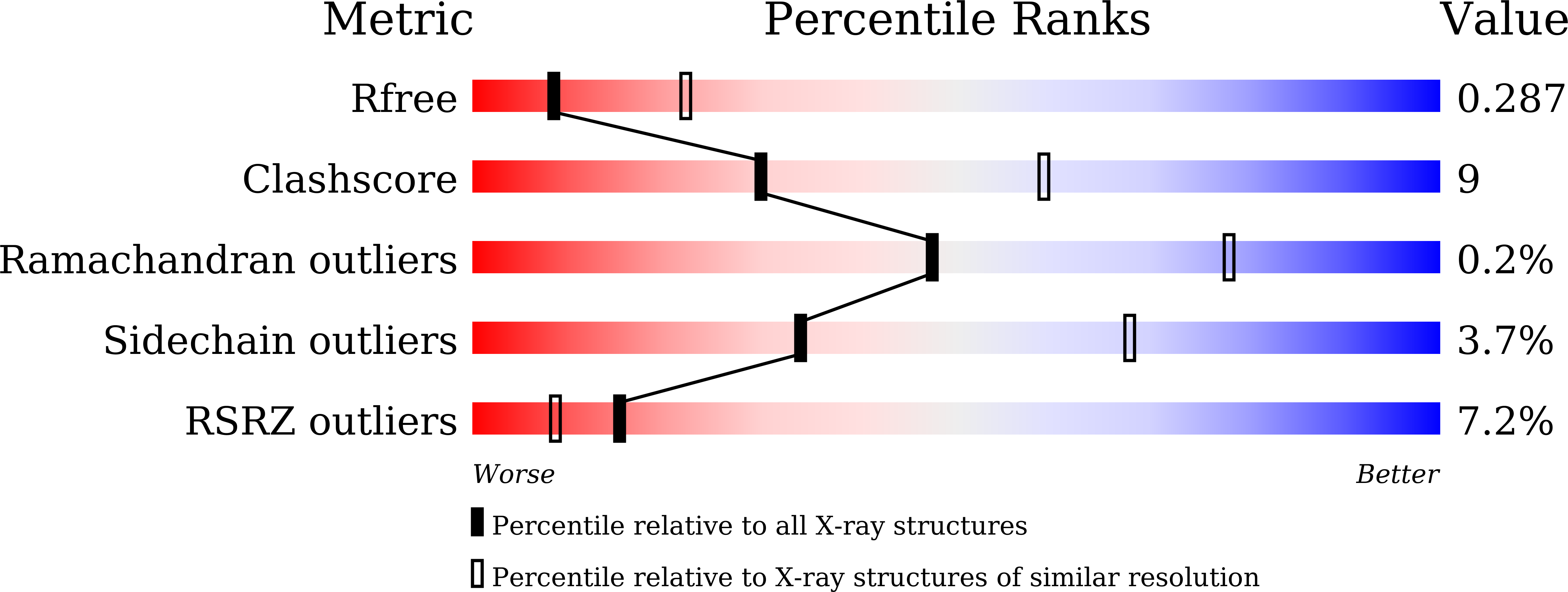
Deposition Date
2019-12-08
Release Date
2020-12-09
Last Version Date
2024-10-16
Method Details:
Experimental Method:
Resolution:
2.80 Å
R-Value Free:
0.28
R-Value Work:
0.25
Space Group:
P 1 21 1


